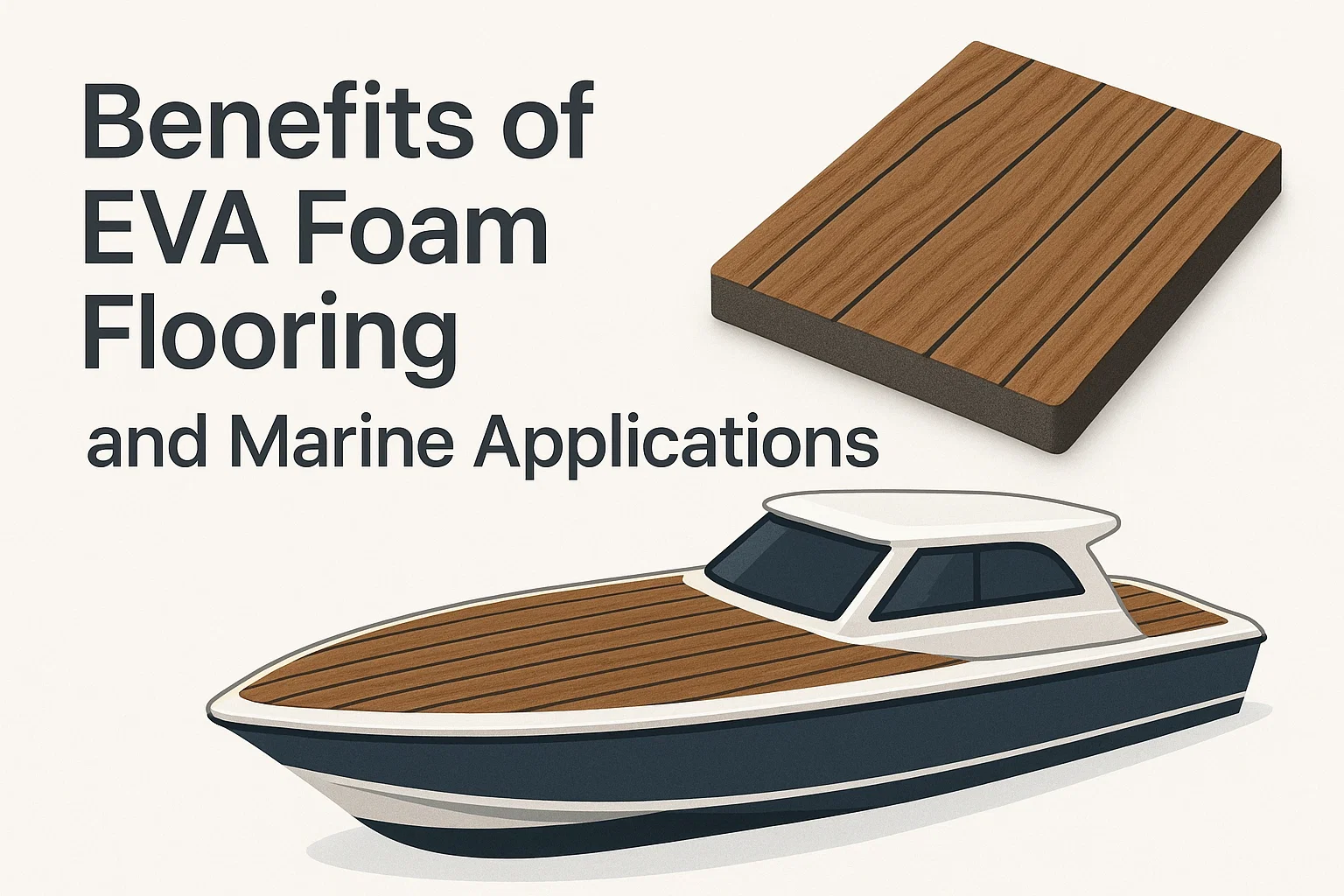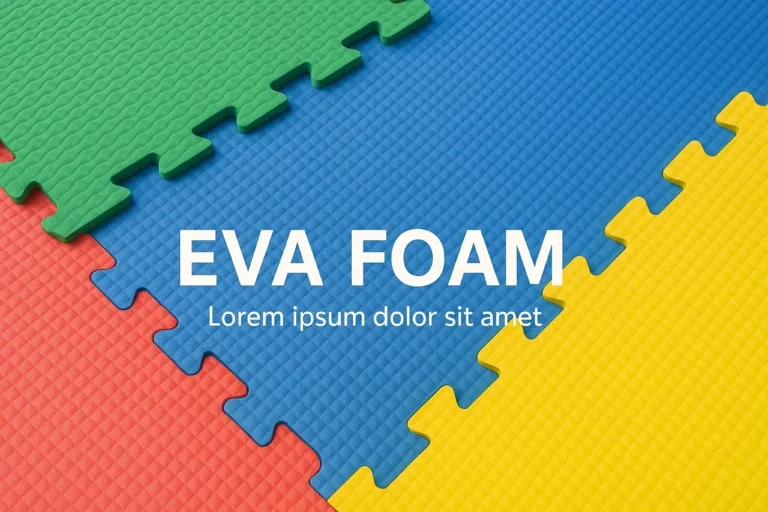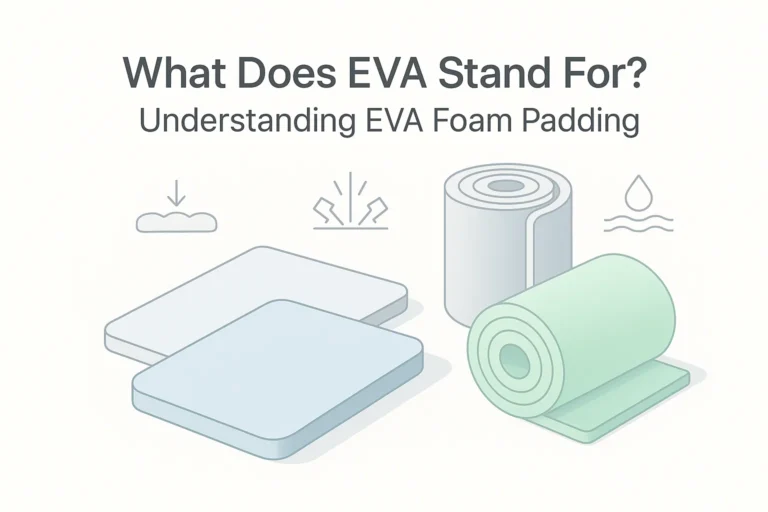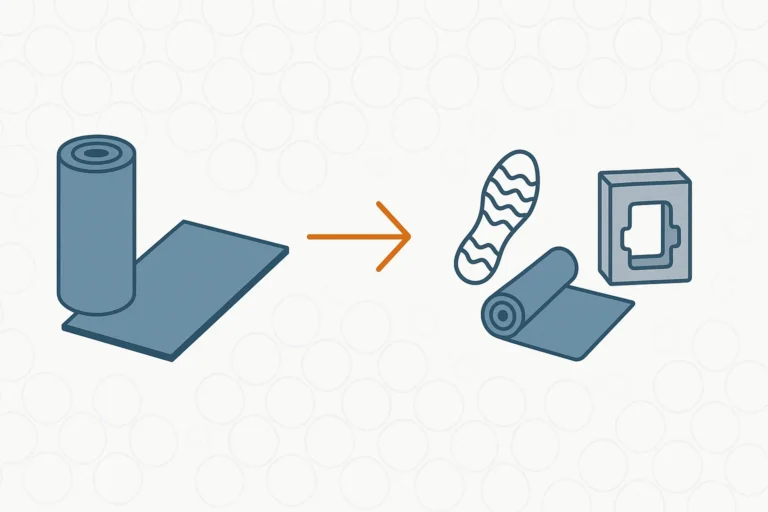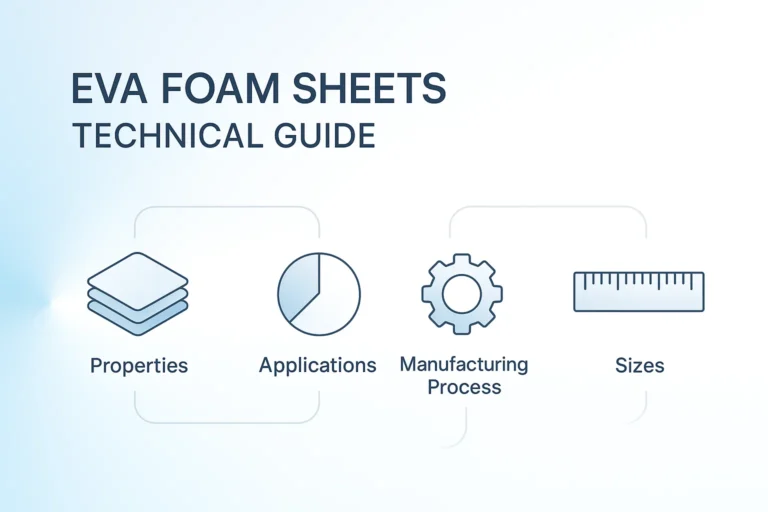Benefits of EVA Foam Flooring and Marine Applications
EVA foam flooring, as an innovative flooring material, is gaining increasing attention and adoption in the marine flooring sector due to its unique performance advantages. This article explores the core characteristics of EVA foam flooring and why it has become an ideal choice for modern vessel flooring.
Basic Characteristics of EVA Foam Flooring
Exceptional Anti-Slip Performance
EVA foam flooring features a unique textured surface design and soft characteristics that provide outstanding anti-slip performance even in wet conditions. This property is particularly crucial for marine environments, as vessel decks are frequently exposed to seawater spray and humid air. The coefficient of friction of EVA material is significantly higher than traditional materials, effectively reducing slip risks and ensuring the safety of crew members and passengers.
Superior Comfort
EVA foam flooring offers excellent cushioning and elasticity, reducing pressure on feet and joints during extended periods of standing or walking. This comfort is especially valuable in marine environments, particularly for crew members who need to work on deck for long hours. The material’s softness also effectively absorbs impact forces, minimizing discomfort caused by vessel motion.
Lasting Durability
EVA foam flooring demonstrates outstanding weather resistance and chemical stability, capable of withstanding corrosion from various environmental factors including UV radiation, saltwater, and oil contamination. The material possesses excellent tear resistance and compression resistance, maintaining long service life even under high-intensity usage conditions. Additionally, EVA material is resistant to aging, cracking, and deformation, with relatively low maintenance costs.
Why EVA Foam Flooring Is an Ideal Choice for Marine Applications
Lightweight Design
The density of EVA foam flooring is significantly lower than traditional flooring materials, which is critical for vessel design. Reducing flooring weight means decreasing overall vessel weight, thereby improving fuel efficiency, increasing cargo capacity, and enhancing vessel maneuverability.
Waterproof and Quick-Dry Properties
EVA material features a closed-cell structure that neither absorbs nor permits water penetration, making it perform excellently in marine environments. Even when submerged in seawater, it can quickly drain and dry without developing mold or odors from prolonged moisture exposure.
Easy Installation and Maintenance
EVA foam flooring typically employs modular design, allowing quick installation through interlocking methods without requiring specialized tools or complex construction processes. If damaged sections need replacement, only the corresponding modules need to be substituted, making repairs convenient and efficient. Daily cleaning is also straightforward, requiring only water rinsing to restore cleanliness.
Environmental Friendliness and Safety
EVA material is non-toxic and harmless, containing no heavy metals or hazardous chemicals, complying with modern environmental standards. The material possesses good flame-retardant properties, enhancing vessel fire safety ratings.
Excellent Thermal and Sound Insulation
EVA foam flooring provides superior thermal insulation, effectively blocking deck temperature conduction and delivering comfortable footing in both hot and cold environments. Simultaneously, the material’s cushioning properties reduce noise transmission, creating a quieter cabin environment.
Comparison of EVA Foam Flooring with Traditional Marine Flooring Materials
Versus Wood Flooring
Advantages:
- Lower Maintenance Costs: Wood flooring requires regular sanding, varnishing, and anti-rot treatments, while EVA flooring is virtually maintenance-free
- Superior Waterproof Performance: Wood exposed to marine environments for extended periods is prone to rot and deformation, while EVA material remains completely unaffected
- Lighter Weight: EVA flooring weighs approximately one-third to one-half that of wood flooring, significantly reducing vessel burden
- Higher Cost-Effectiveness: Although initial investment may be similar, long-term maintenance and replacement costs are far lower than wood flooring
Retained Advantages of Wood Flooring:
- Traditional aesthetic appearance and texture
- Aesthetic preferences in certain high-end yacht markets
Versus Tile Flooring
Advantages:
- Enhanced Safety: Tiles become extremely slippery in wet conditions, while EVA provides exceptional anti-slip performance
- Significantly Improved Comfort: Tiles are hard and cold, causing fatigue during prolonged standing, while EVA is soft and comfortable
- Greater Impact Resistance: Tiles are brittle and can break from dropped heavy objects or severe impacts, while EVA offers excellent cushioning
- Simpler Installation: Tile installation requires professional skills and adhesive materials, while EVA can be quickly interlocked
- Notable Weight Advantage: Tiles are heavy with high structural requirements, while lightweight EVA material is better suited for vessel applications
Retained Advantages of Tile Flooring:
- Better high-temperature resistance
- More luxurious visual appearance
Versus Rubber Flooring
Advantages:
- Softer Texture: EVA is softer than traditional rubber, providing better foot feel
- Superior Environmental Performance: EVA material is more easily recyclable and doesn’t contain certain harmful substances that may be present in rubber
- Richer Color Options: EVA can be manufactured in various colors and textures to meet different aesthetic requirements
Retained Advantages of Rubber Flooring:
- Slightly better tolerance in extreme high-temperature environments
- Somewhat stronger resistance to compression set
Conclusion
EVA foam flooring is becoming the preferred material for marine flooring due to its comprehensive advantages including anti-slip properties, comfort, durability, light weight, and waterproofing. Compared with traditional materials such as wood and tiles, EVA flooring demonstrates clear advantages in safety, practicality, maintenance convenience, and cost-effectiveness, making it particularly suitable for decks, bridge areas, and living quarters of various vessels including yachts, passenger ships, and fishing boats. As material technology continues to advance, the application prospects of EVA foam flooring in the marine market will become even broader.

